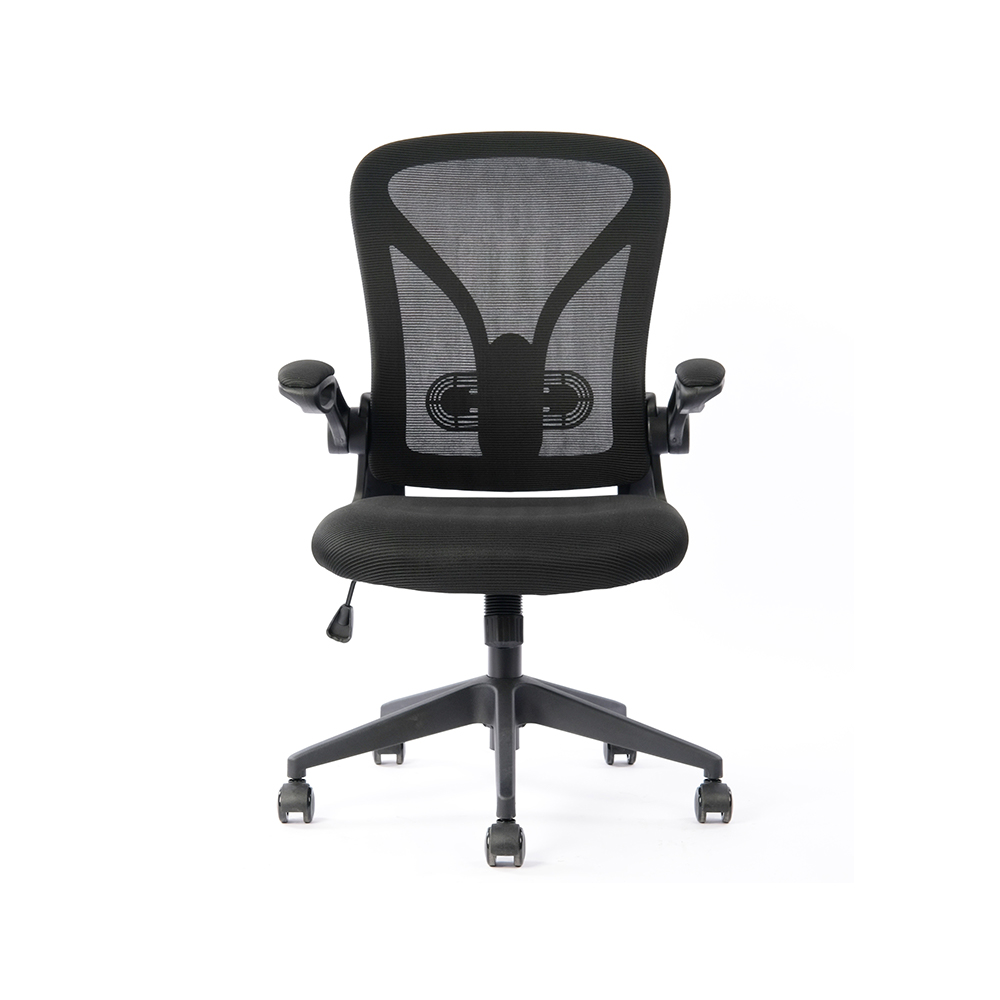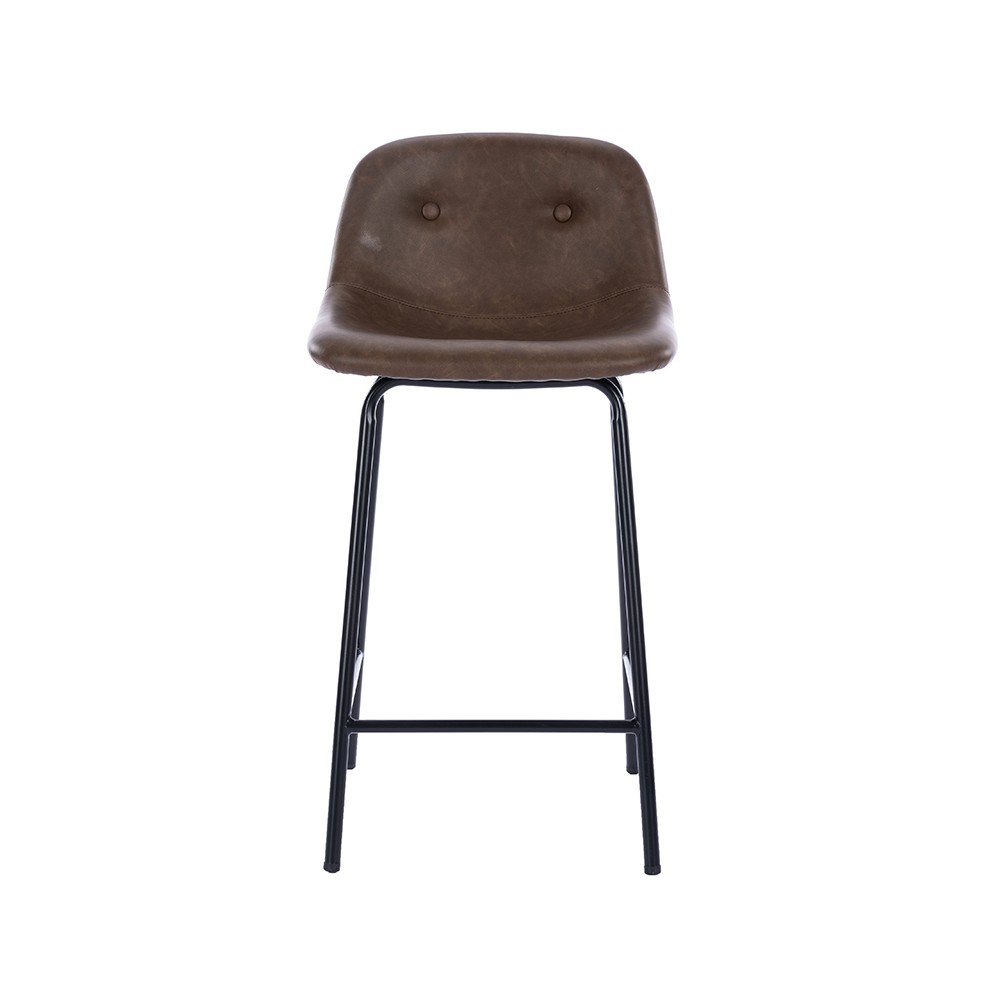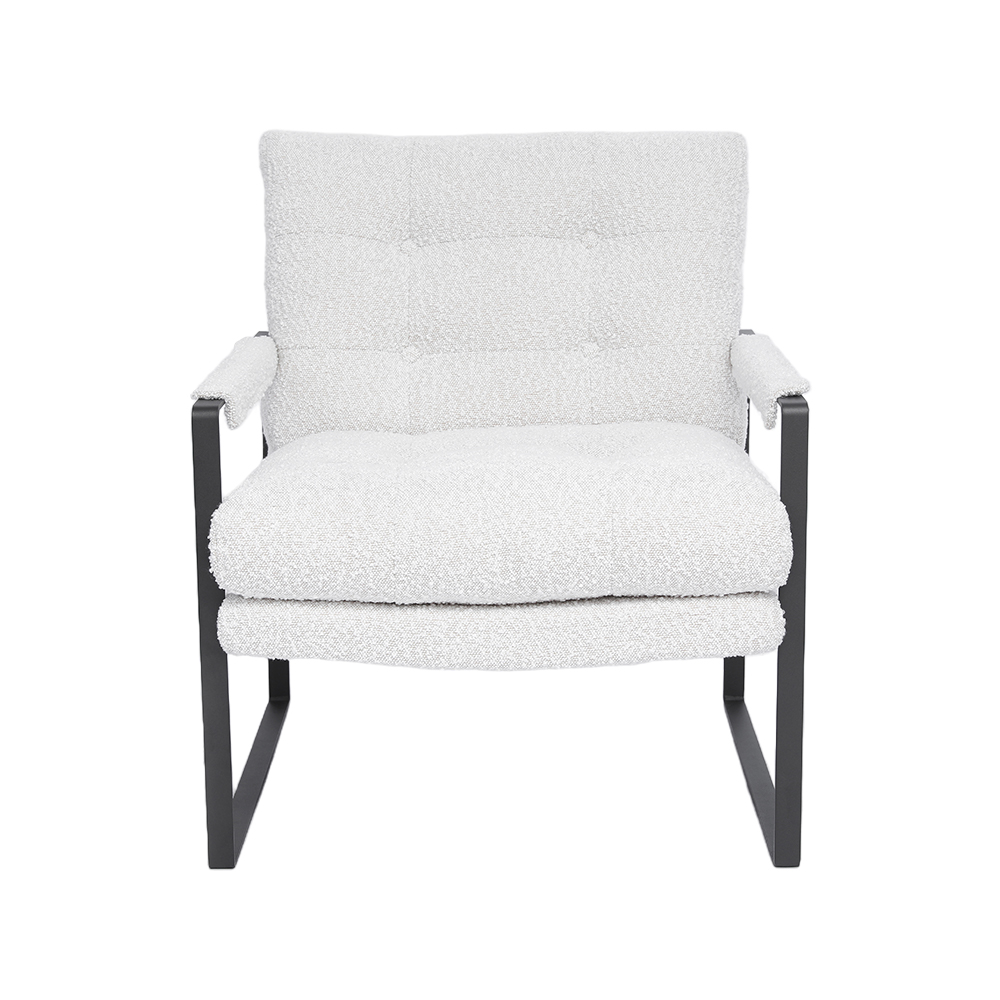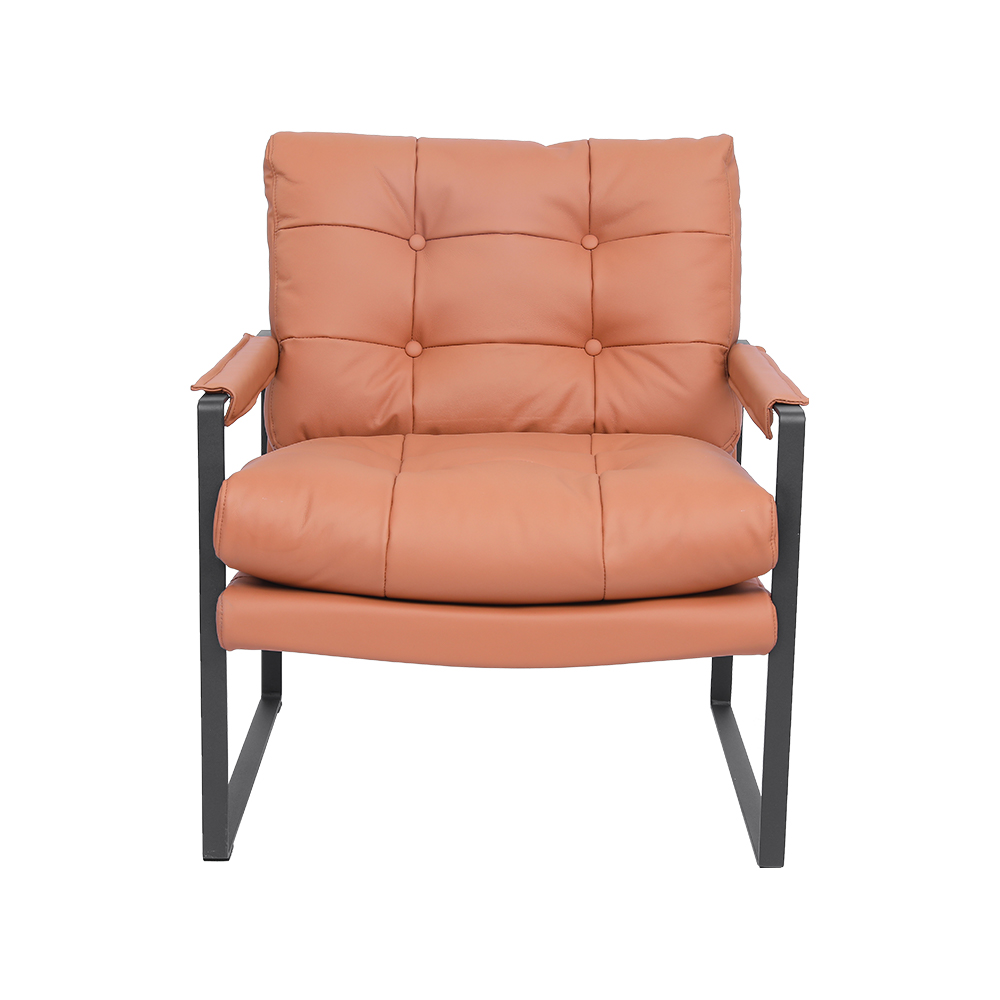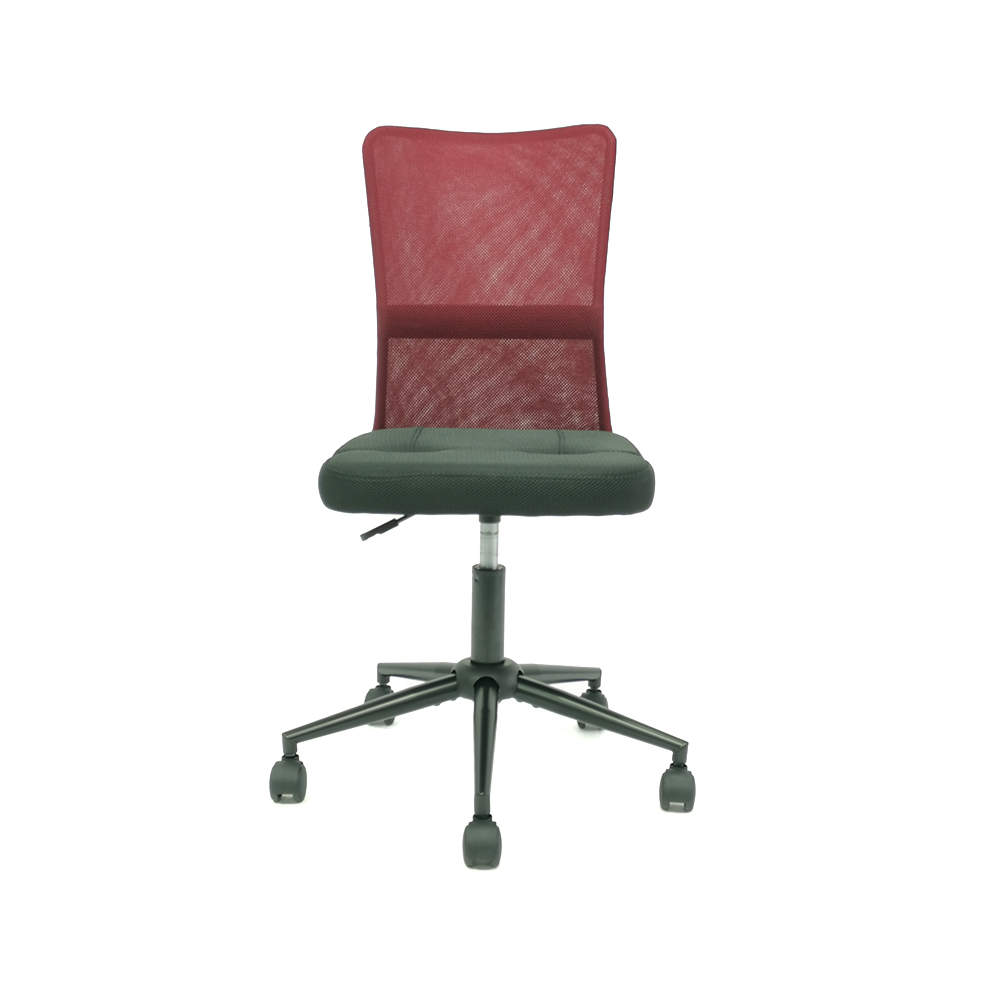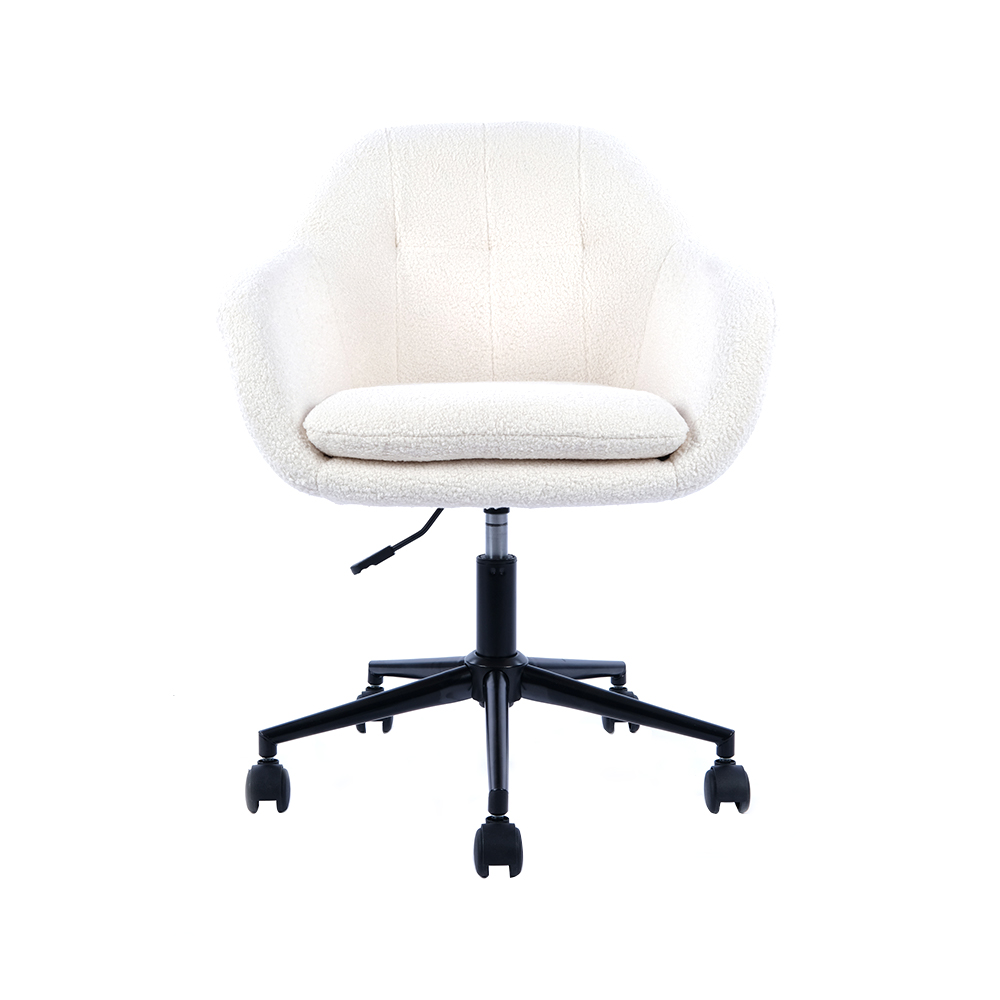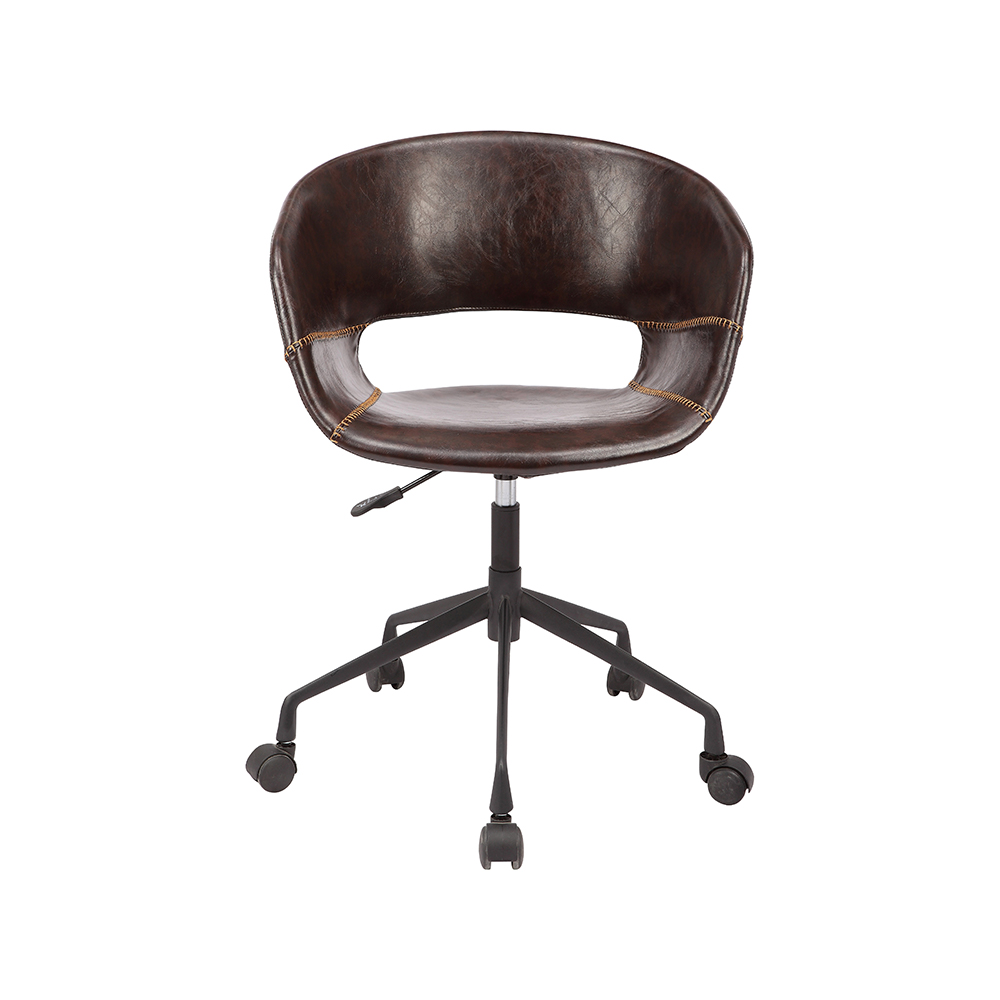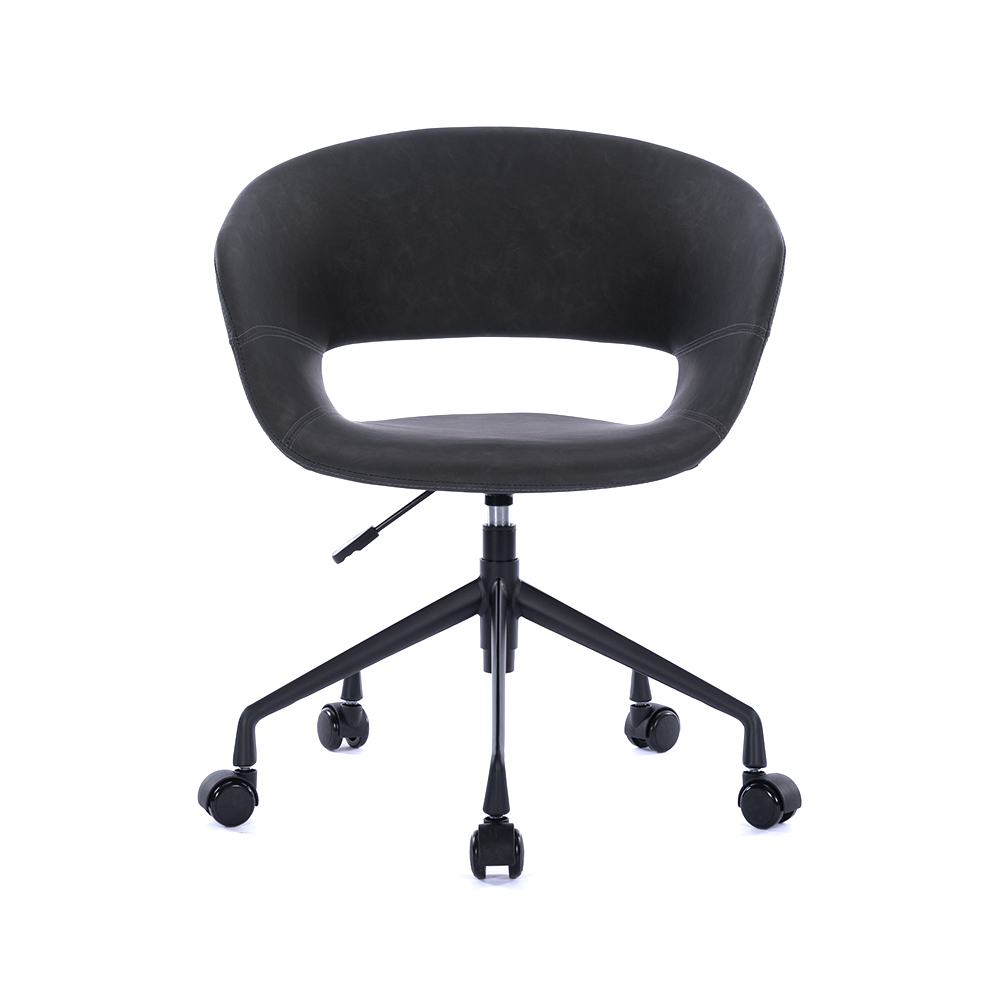+86-0572-5888031
What Features Should I Look for in an Outdoor Leisure Chair?
 2025.10.11
2025.10.11
 Industry News
Industry News
Choosing the right outdoor leisure chairs can greatly enhance your relaxation experience, whether you are enjoying a quiet morning with a cup of coffee, reading a book, or entertaining guests in your backyard. Outdoor leisure chairs are designed to provide comfort, durability, and style, but with so many options available, it can be challenging to determine which features are most important.
1. Comfort
Comfort is the primary consideration when choosing any leisure chair. For outdoor use, comfort involves more than just a soft cushion. Look for chairs that provide adequate support for your back, neck, and legs. Chairs with ergonomic designs are particularly beneficial as they promote proper posture and reduce strain. Adjustable features, such as reclining backrests or footrests, can enhance comfort by allowing you to customize the seating position. The padding should be thick enough to provide support but also firm enough to maintain shape over time. Materials used in cushions should resist flattening and sagging after prolonged use.
2. Material Durability
Outdoor furniture is exposed to weather elements such as sun, rain, wind, and humidity. The materials used in the construction of outdoor leisure chairs must be durable enough to withstand these conditions. Common materials include metal, wood, synthetic rattan, and plastic. Metal chairs, such as those made from aluminum or steel, offer strength and longevity. Aluminum is lightweight and resistant to rust, making it ideal for outdoor use. Steel, while strong, may require protective coatings to prevent corrosion. Wooden chairs provide natural aesthetics and comfort but need proper treatment to resist moisture and UV damage. Synthetic rattan or wicker is a popular choice for its weather resistance and low maintenance requirements. Plastic chairs are affordable, lightweight, and easy to clean but may not offer the same longevity as metal or wood.
3. Weather Resistance
Since outdoor chairs are exposed to various weather conditions, they should be designed to withstand sun, rain, and temperature changes. UV-resistant materials prevent fading and cracking caused by prolonged sun exposure. Chairs with water-resistant cushions and quick-drying fabrics ensure comfort even after rain. Powder-coated metal frames and treated wood enhance the chair’s ability to resist corrosion and decay. It is also important to consider storage options during harsh weather. Chairs that are stackable or foldable allow for convenient storage, protecting them from potential damage.
4. Stability and Safety
A stable outdoor leisure chair reduces the risk of tipping or wobbling while seated. Check the chair’s construction, including the base and legs, to ensure they provide a solid foundation. Chairs with wider bases or crossbar reinforcements tend to offer better stability. The height of the chair is also important, especially if it is intended for use on uneven surfaces such as grass, sand, or patio tiles. Non-slip feet or rubber pads can prevent the chair from sliding, adding an extra layer of safety.
5. Portability and Storage
Many outdoor leisure chairs are designed to be portable or foldable, making it easy to move them around the garden, patio, or balcony. Lightweight materials, such as aluminum or high-quality plastic, make transportation effortless. Foldable designs allow for compact storage when the chairs are not in use, which is particularly beneficial for smaller outdoor spaces. Some chairs even feature built-in handles or wheels for easier movement.
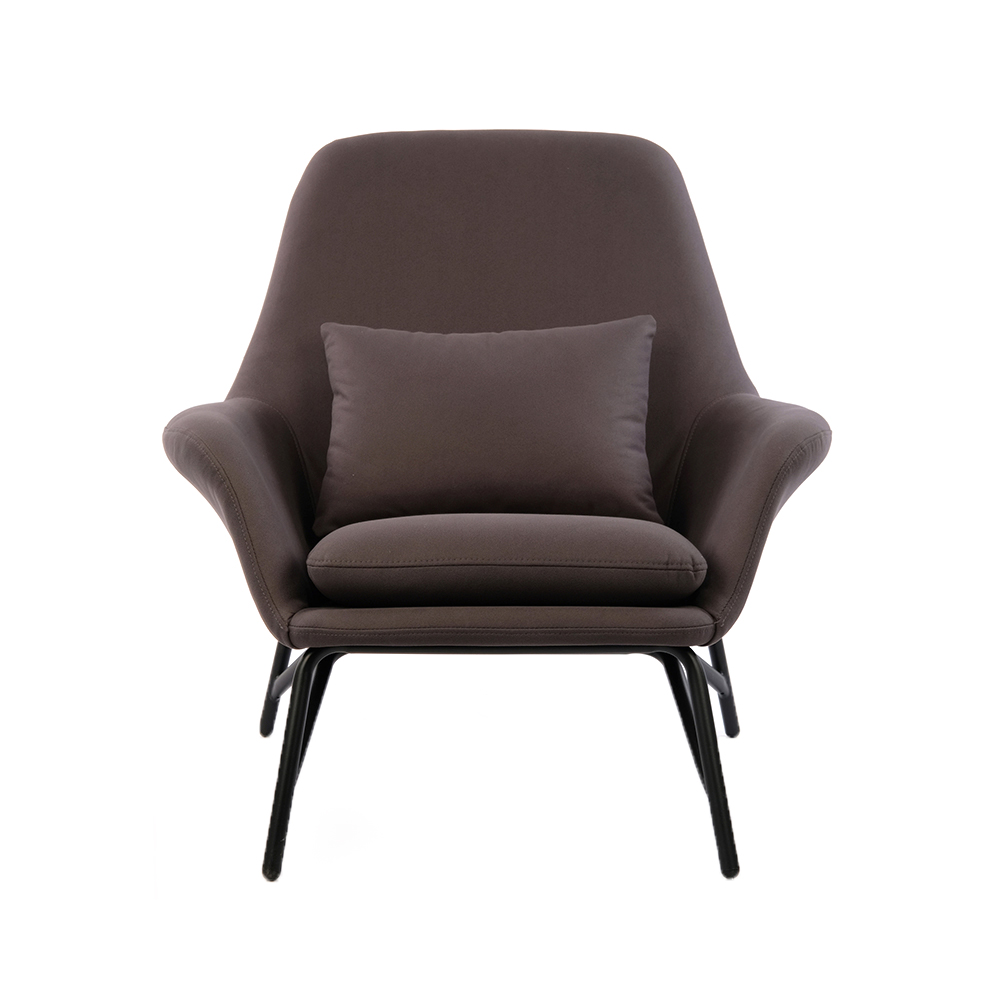
6. Ease of Cleaning and Maintenance
Outdoor chairs are prone to dirt, dust, pollen, and spills. Selecting a chair that is easy to clean ensures it remains in good condition over time. Removable and washable cushion covers are convenient for regular maintenance. Frames made from materials such as aluminum, treated wood, or synthetic rattan can usually be cleaned with mild soap and water. Avoid materials that require intensive care or specialized cleaning products, as they may increase long-term maintenance efforts.
7. Style and Design
While functionality is essential, aesthetics also play a role in choosing an outdoor leisure chair. The chair should complement the overall style of your outdoor space, whether modern, rustic, traditional, or minimalist. Consider the color, texture, and design elements that will enhance your patio, garden, or balcony. Some chairs come with matching tables or ottomans, creating a cohesive outdoor seating area. Personal taste and comfort preferences should guide your decision, ensuring that the chair is visually appealing as well as practical.
8. Adjustable Features
Adjustable features increase the versatility and comfort of outdoor leisure chairs. Reclining backrests allow users to change seating positions for reading, sunbathing, or napping. Some chairs include adjustable footrests, armrests, or headrests for added support. Swivel or rocking functions can provide dynamic comfort, allowing gentle movement while relaxing. Chairs with multiple adjustment options cater to different body types and preferences, enhancing the overall user experience.
9. Weight Capacity
The weight capacity of a chair is an important factor that ensures safety and durability. Chairs are designed to support specific weight limits, typically ranging from 200 to 400 pounds or more depending on the model. Choosing a chair that meets or exceeds your requirements ensures long-term stability and reduces the risk of structural damage. Always check the manufacturer’s specifications for recommended weight limits before making a purchase.
10. Sustainability
Increasingly, consumers are considering the environmental impact of their outdoor furniture. Some chairs are made from sustainable or recycled materials, which reduce the ecological footprint. Additionally, materials such as sustainably sourced wood or recyclable plastics contribute to environmentally friendly purchasing decisions. Chairs built to last also minimize waste by reducing the need for frequent replacement.
11. Additional Features
Some outdoor leisure chairs include extra features that enhance convenience and usability. Built-in cup holders, storage pockets, or side tables can make outdoor relaxation more enjoyable. Some models offer detachable cushions or covers, which allow for easy replacement or seasonal changes. Others may include protective coatings or covers for enhanced durability. While not essential, these additional features can add value and functionality to your outdoor seating setup.
Conclusion
Selecting the right outdoor leisure chair involves careful consideration of multiple factors. Comfort, material durability, weather resistance, stability, portability, ease of cleaning, style, adjustable features, weight capacity, and sustainability all play a role in making the best choice. By evaluating these features, you can find a chair that not only meets your practical needs but also enhances your outdoor experience. Investing time in understanding these aspects ensures that your outdoor leisure chair will provide long-lasting comfort and enjoyment, making your outdoor space a welcoming retreat for relaxation and leisure.

 English
English عربى
عربى Español
Español 中文简体
中文简体
